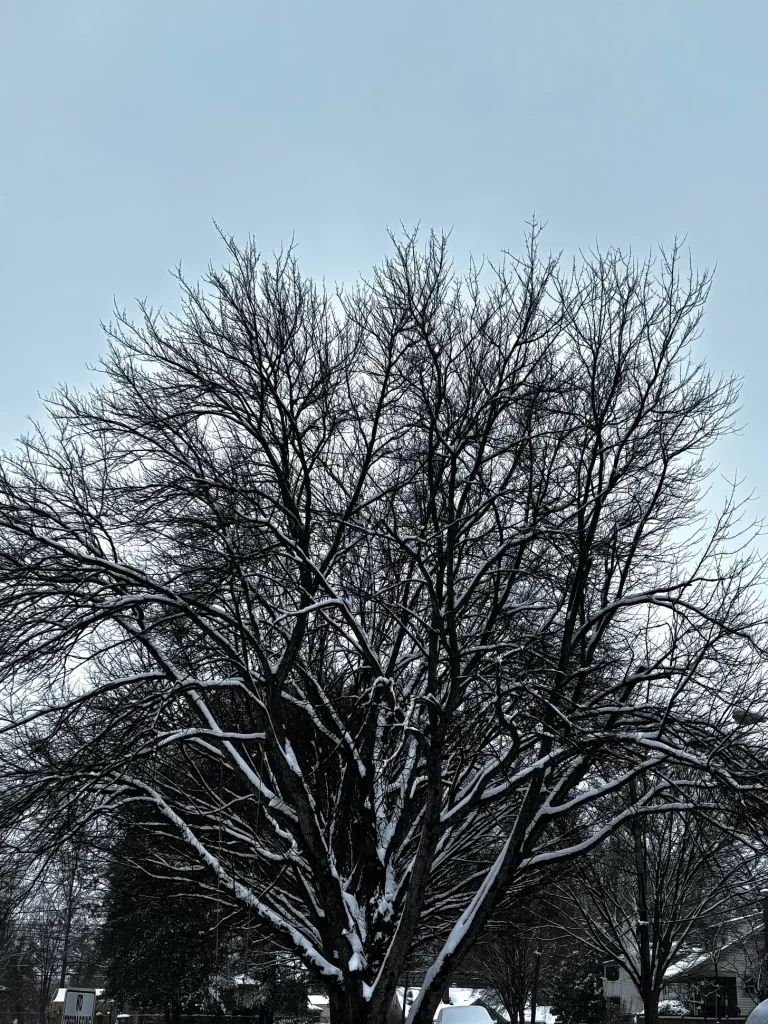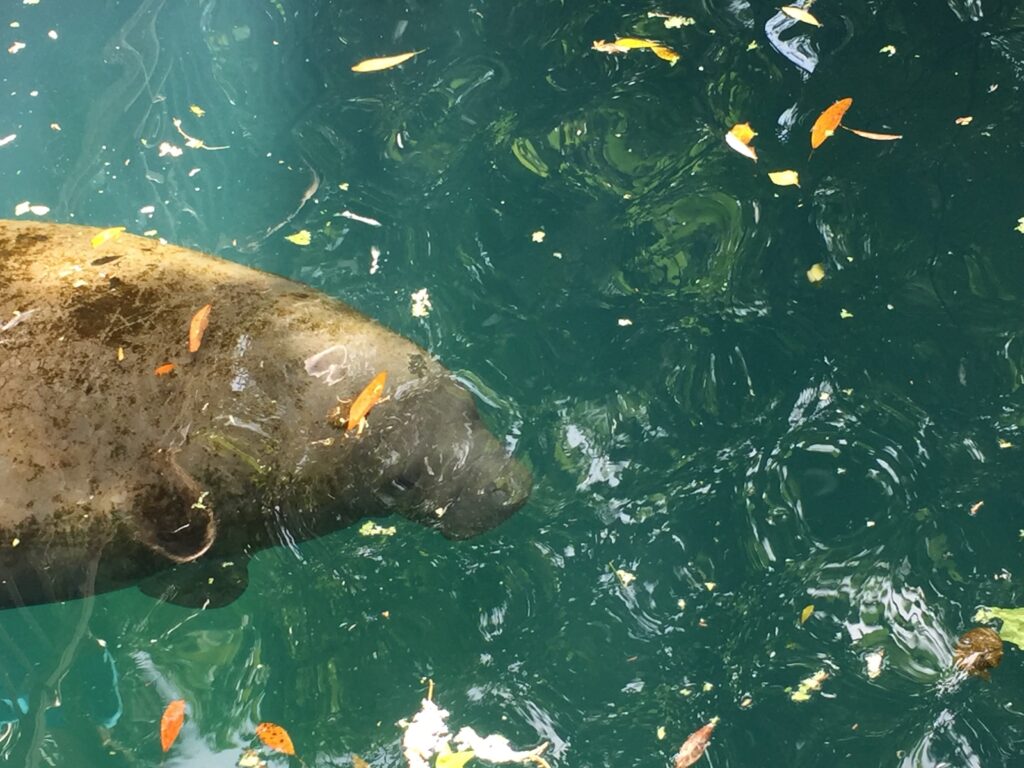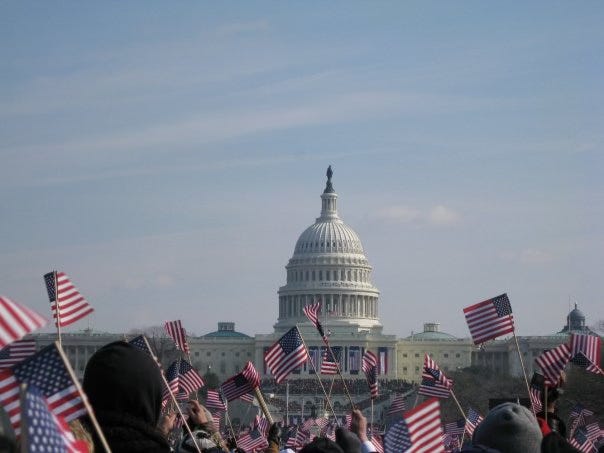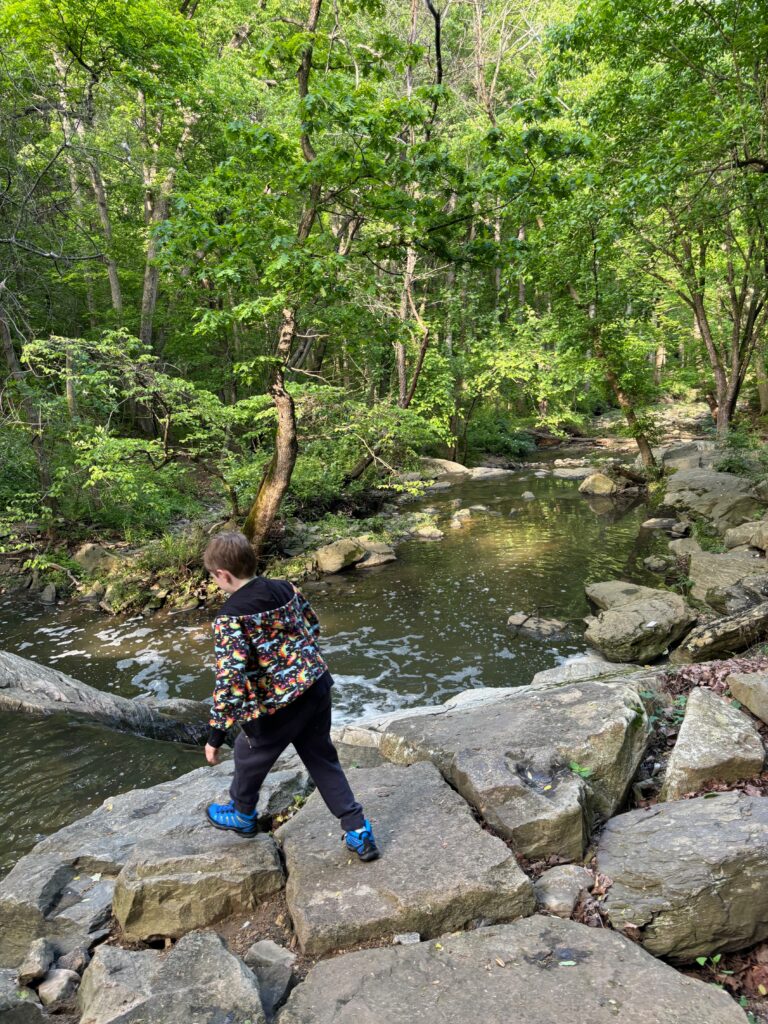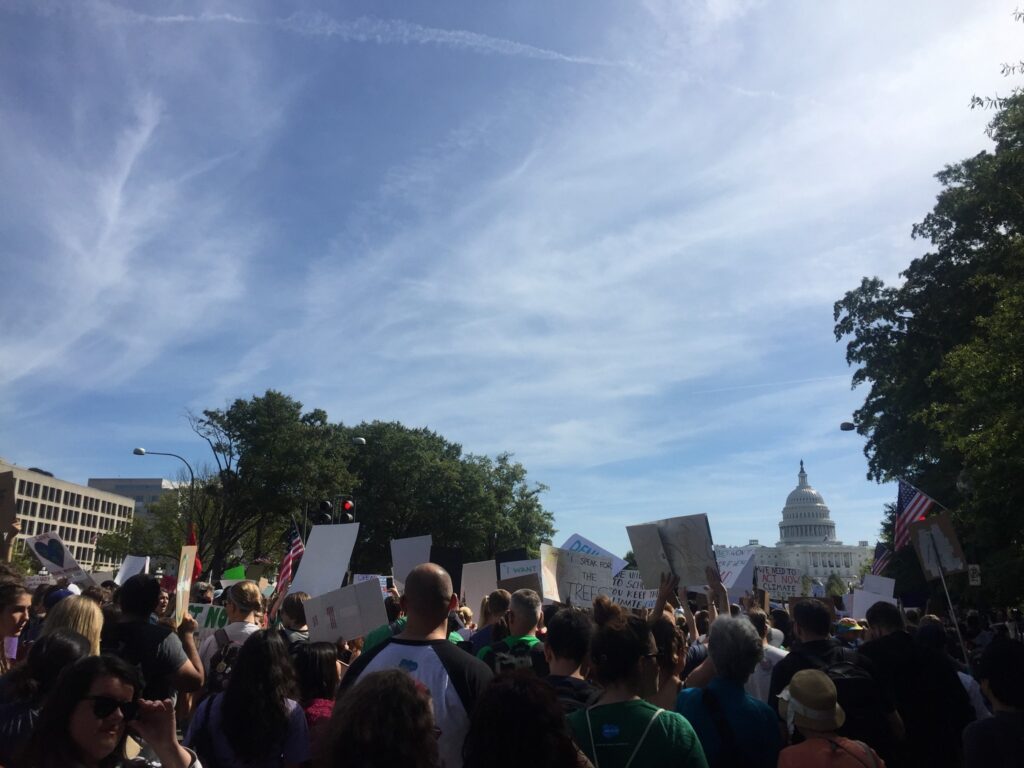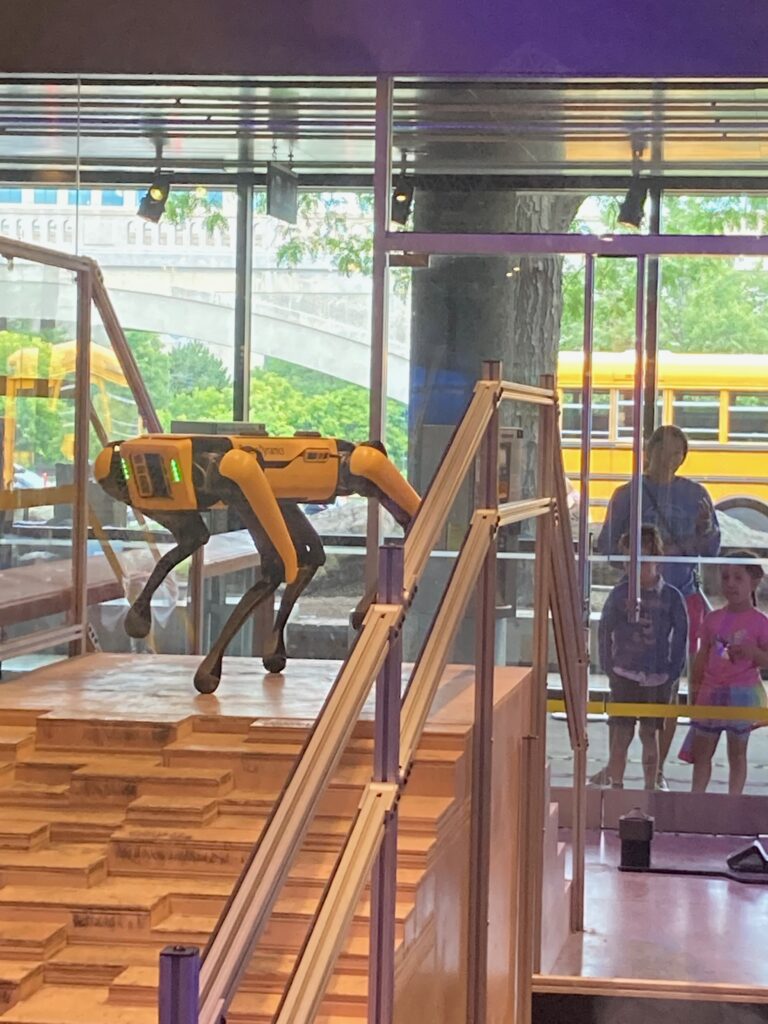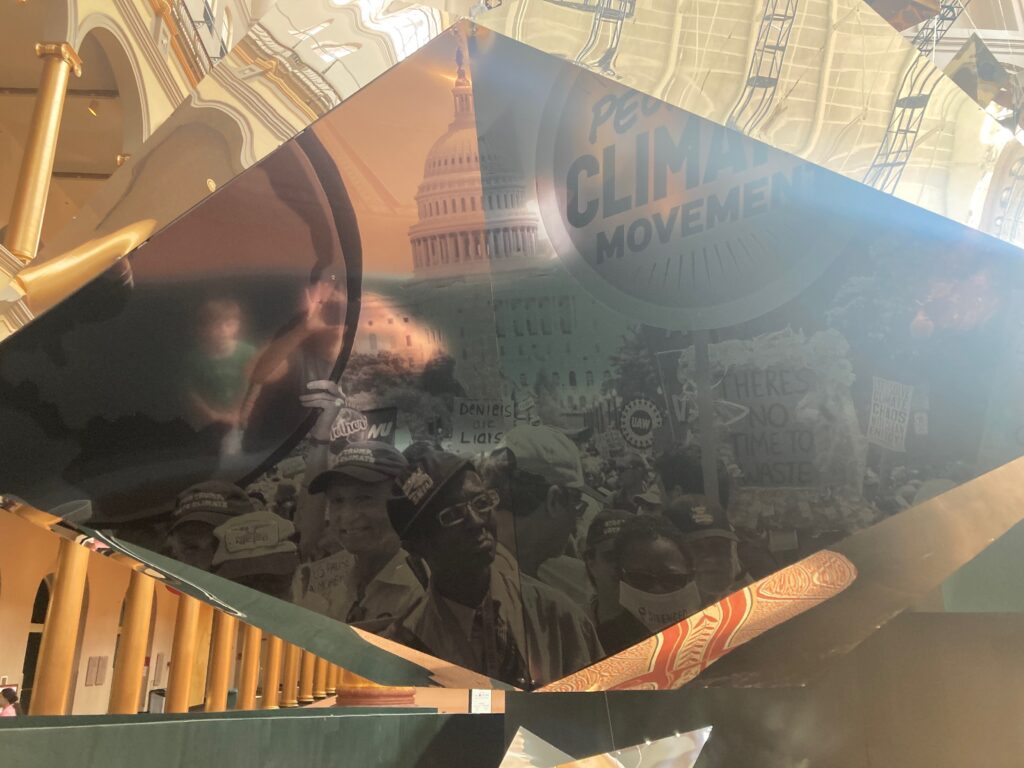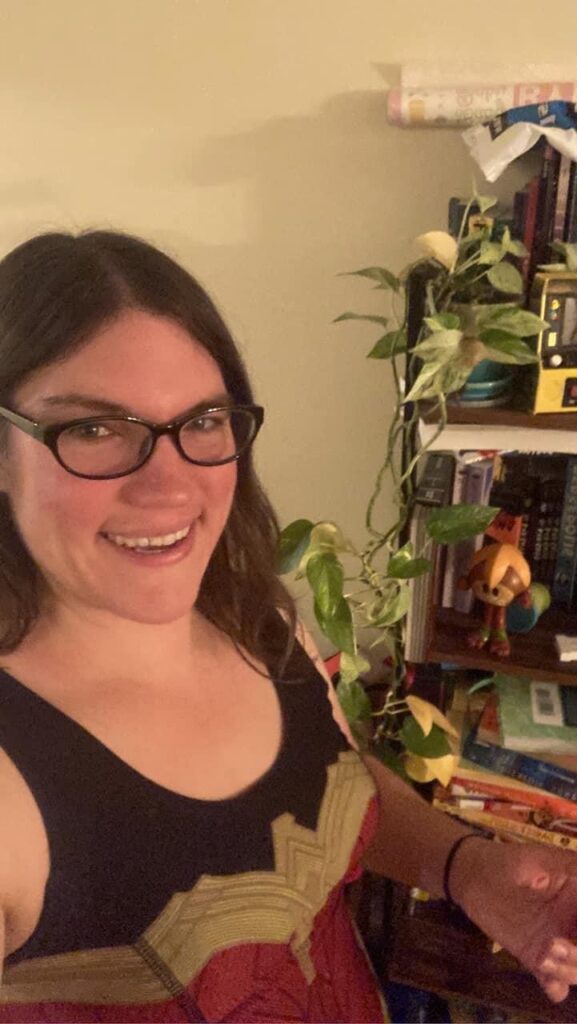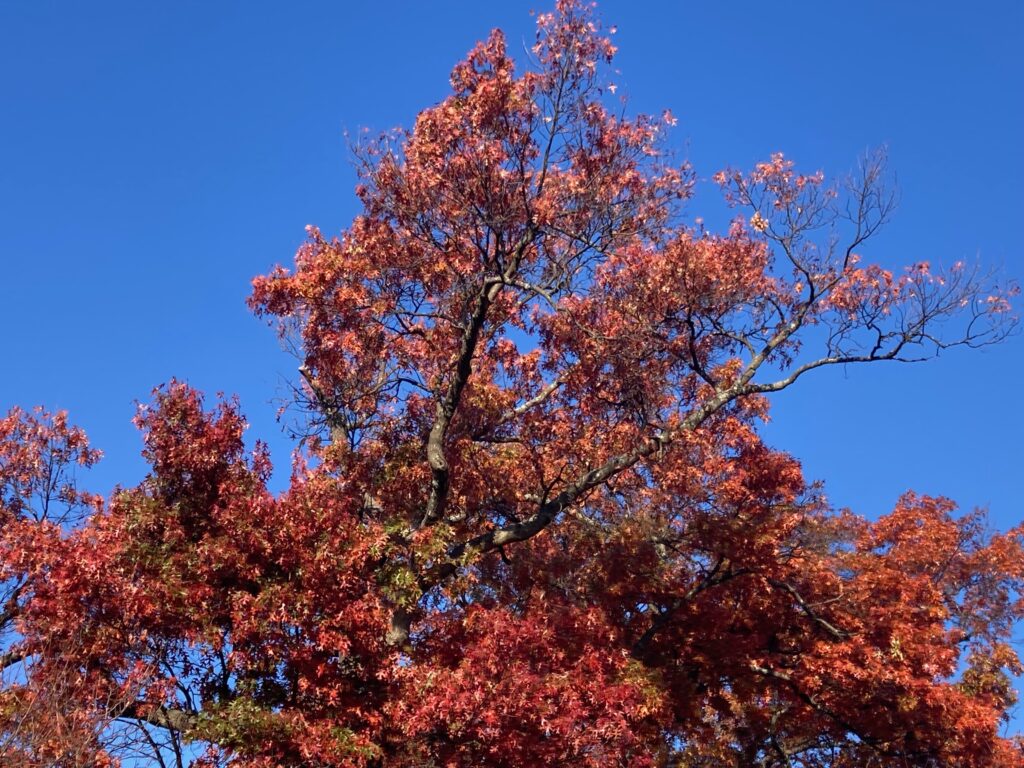“No no no no,” I whispered to myself as I sat on the edge of my bed, looking at my phone. It was the 2024 Election results. I stared at the map mostly covered in red. I focused on the line showing who got what electoral votes, with Donald Trump easily crossing it with 277 out of the required 270.
Once we got the kids off to school, my husband put his head down on his hands and started crying. I walked over, put my arms around him, and wept too.
All day, I felt empty and raw. A sense of despair buried itself into me and wouldn’t let go. All of the exhaustion from election stress and all of the other shit going on in my life overwhelmed me. A fog settled over my mind.
This was my thought pattern – variations on a theme: “We did everything we could, but it wasn’t enough. I did everything I could, but it wasn’t enough. So what’s the point? Why bother? Why did I spend all of that time phone banking and having people hang up on me? Writing postcards? Why the hell bother with climate action now anyway? What difference does it make when he’s back in office and wants to destroy it all anyway? What the hell is all of my life’s work for anyway?!”
Continue reading →
